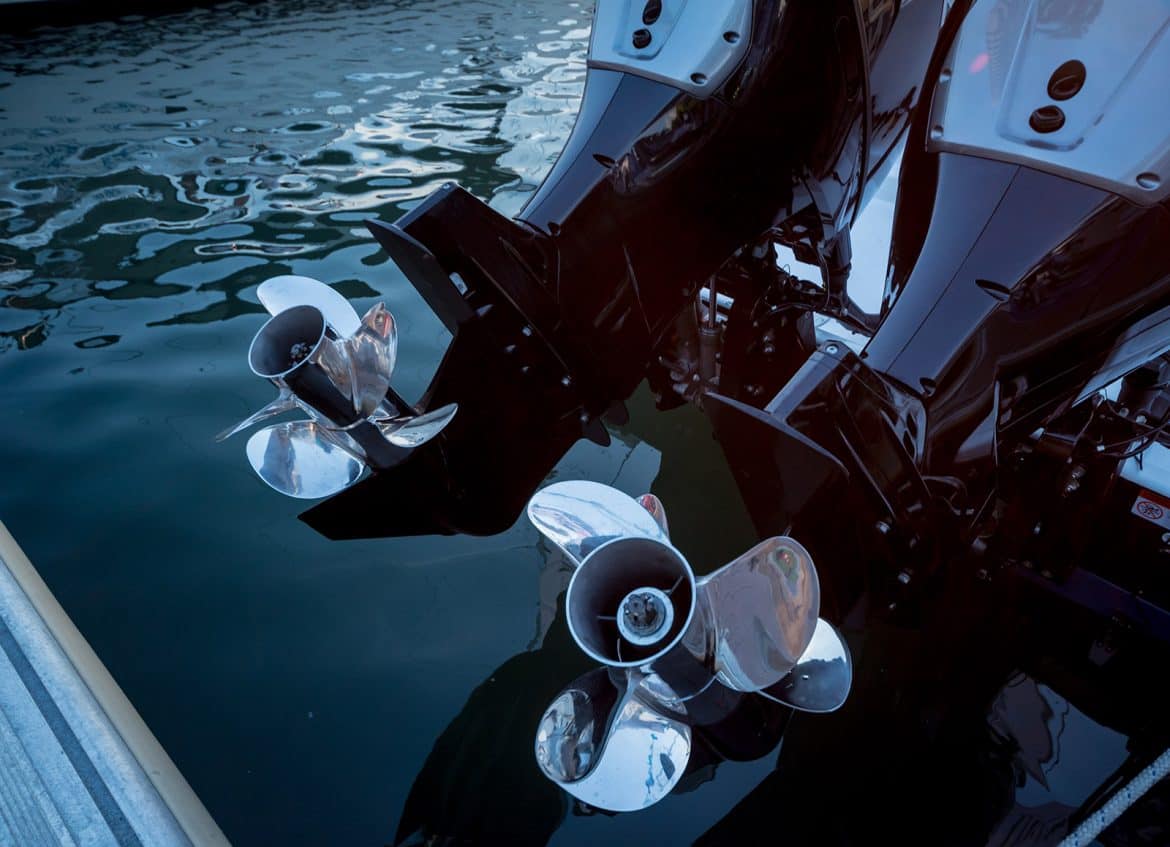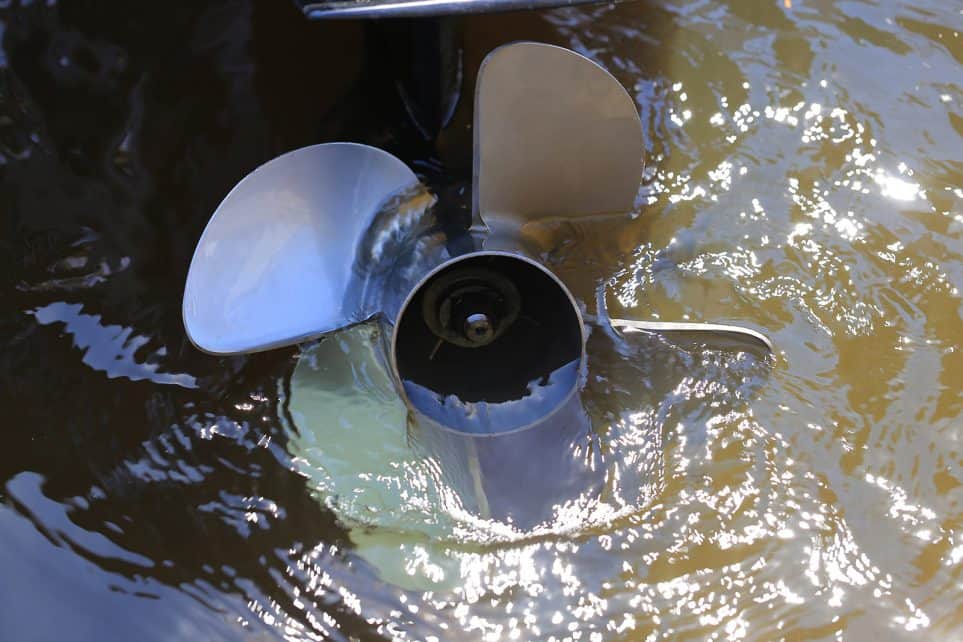A boat is a boat, specially if you just rent one to go from point A to point B. But when you own a boat and start getting into details, upgrades, improvements, maintenance etc… you will see that different parts have different part to play when you are driving around. On of the main parts like this is the propeller. Whether you’re using a boat, ship, or hovercraft, propellers are an important component of your vehicle that are responsible for moving your craft across the water at efficient speeds without using lots of power.
Propellers are used by watercrafts to travel in the water and are specifically designed to possess the best control, speed, acceleration, and durability to fulfill what the boat needs. For instance, recreational motor boats only need to move slowly compared to super fast boats, so their propellers must be ideal for a boat that has a low power engine. And vise versa.
How Do Propellers Work?
A propeller, or a prop, is a fan-like structure found at the tail of a watercraft that rotates to propel the ship forward. Depending on the maneuvering requirements and speed of your watercraft, you’ll need different numbers of propellers and their types. It’s crucial to know the needs of your boat first if you’re planning to buy new props from trustworthy vendors like Get A Prop. Once you have a deeper understanding of your watercraft, consider the following tips for buying new boat props:
-
Choose Between Propeller Sizes
Since boats exist in different brands, sizes, and needs, picking the right prop size is important. As a rule of thumb, smaller props will work perfect for smaller boat engines, as well as fast, high-performing boats. This is because it’s easier to propel in water using smaller blades that can rotate faster with the same speed compared to wider blades. On the other hand, bigger boat engines will need a bigger prop size.
Prop size is mainly based on two factors: pitch, or the distance it would travel in one rotation, and the diameter, or the circle’s width. Optimally, the propeller size for the boat and its engine combination will depend on its wide-open throttle (WOT), expressed in revolutions per minute (RPM), which can be found on the operator’s manual of your specific boat model.
When testing a prop size, observe the maximum RPM of the engine when run in its WOT. If the RPM is lower than the required range, switch it to prop blades with lower pitch. Conversely, if the RPM exceeds the operating range, then use a higher-pitched blade. As much as possible, choose a size that has an RPM on the midpoint of the recommended operating range.
-
Aluminum vs. Stainless Steel Blade
Propeller quality is also important when choosing the best boat props if you’re looking for the bang for your buck. Generally, there are two main types of boat prop materials that you should choose from, which are aluminum and stainless steel. Take note that your chosen material will greatly affect its strength and durability.
Essentially, aluminum is the cheaper and more accessible option. They’re both available in three- and four-bladed propellers, which will be elaborated later on. If you want to save money on your prop but still want good performance, then aluminum is perfect for you. Since aluminum props are cheaper, they’re susceptible to flexing, thus lowering its life expectancy.
On another end, stainless is the stellar option that’s five times stronger and more durable than aluminum. If you want excellent performance plus long life expectancy, the stainless steel Yamaha props are worth looking at. Stainless steel prop repair starts from $140–250.
-
Three-Blade vs. Four-Blade Propellers
Lastly, you’ll have to decide how many blades your propeller should have, which directly impacts the performance of your prop. A propeller is more efficient if it has a smaller number of blades, and it can even have just one blade. However, this increases an uncontrollable vibration that’ll make you uncomfortable during the boat ride. As you increase the number of blades, the drag will increase.
The prop market today usually offers two to six blades, but you would want to achieve the perfect balance of efficiency, speed, and performance, which three-blade props have. Three-blade props are excellent for fishing. If you’re going in for more demanding performance, reduced ventilation, and better handling, then four-blade propellers would be better.
Final Thoughts
Choosing the right propeller is an important decision as there several things to consider. Aside from selecting props yourself, you can also read product reviews online, ask from online forums and discussions, and consult watercraft experts.
Also, installing high-quality propellers is a practice for boat maintenance. If you’re in a hurry to get new props for your boat, make sure not to make a hasty decision and pick the right prop carefully because choosing the wrong propeller can have numerous consequences that’ll affect your entire boat.


